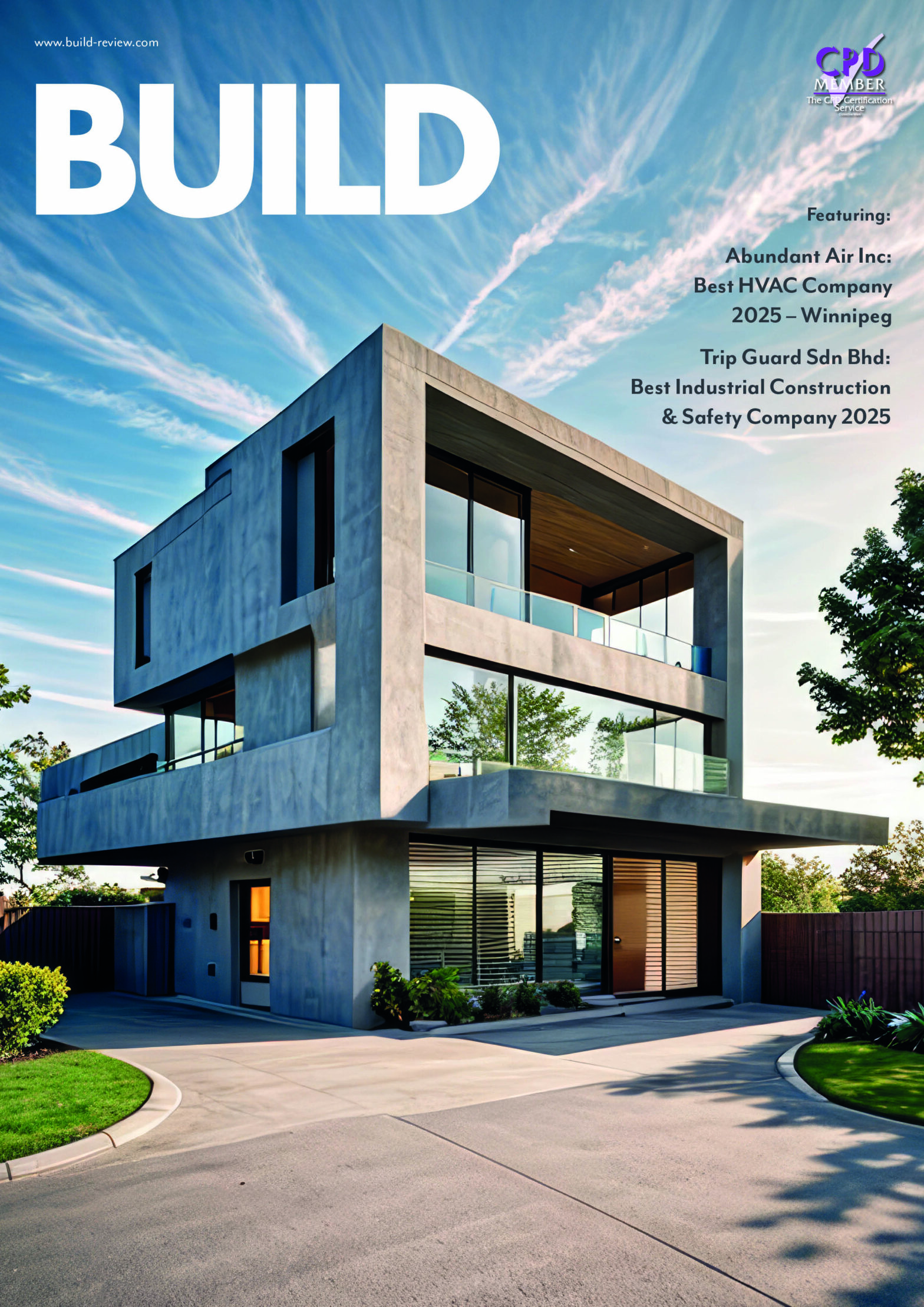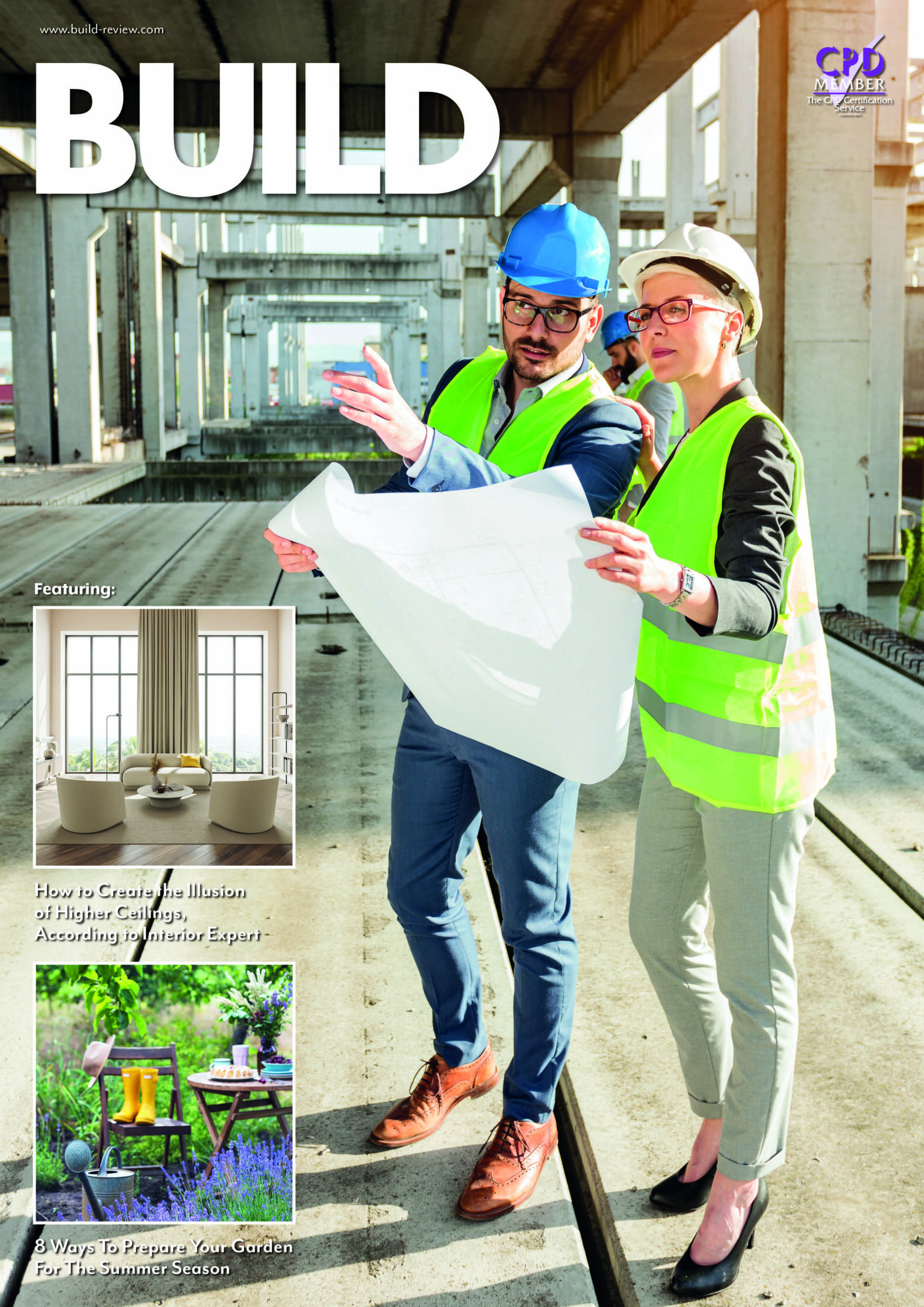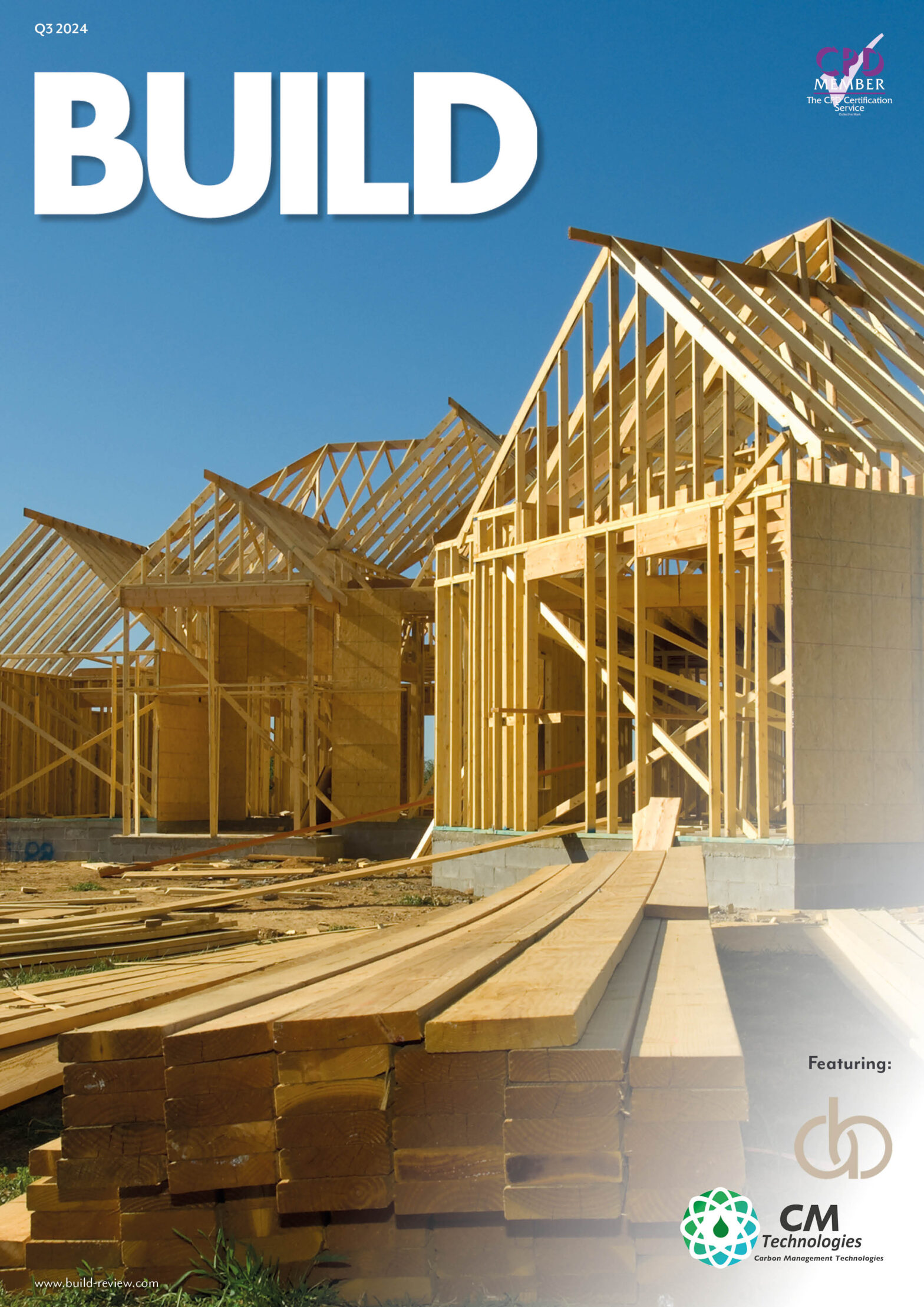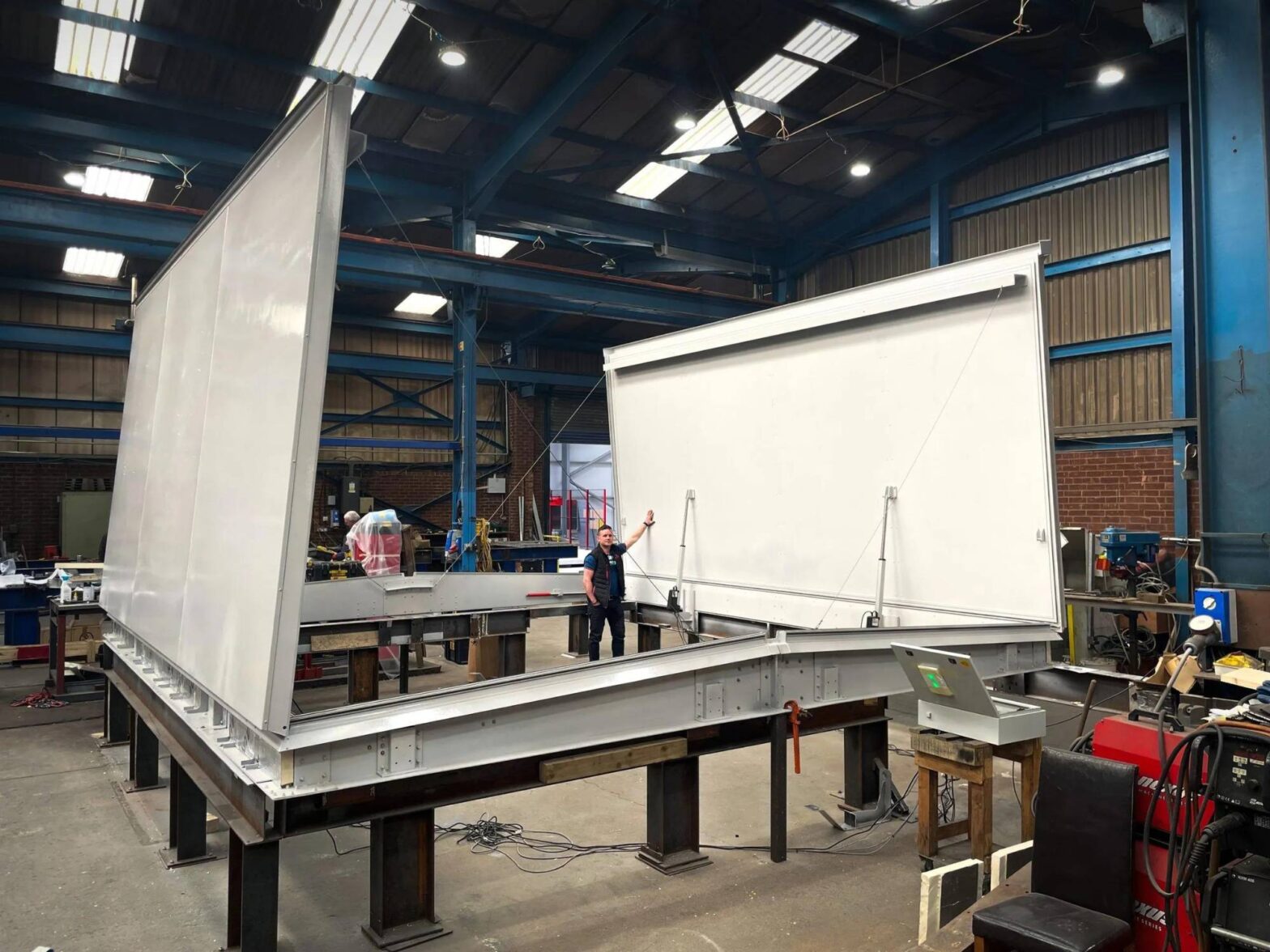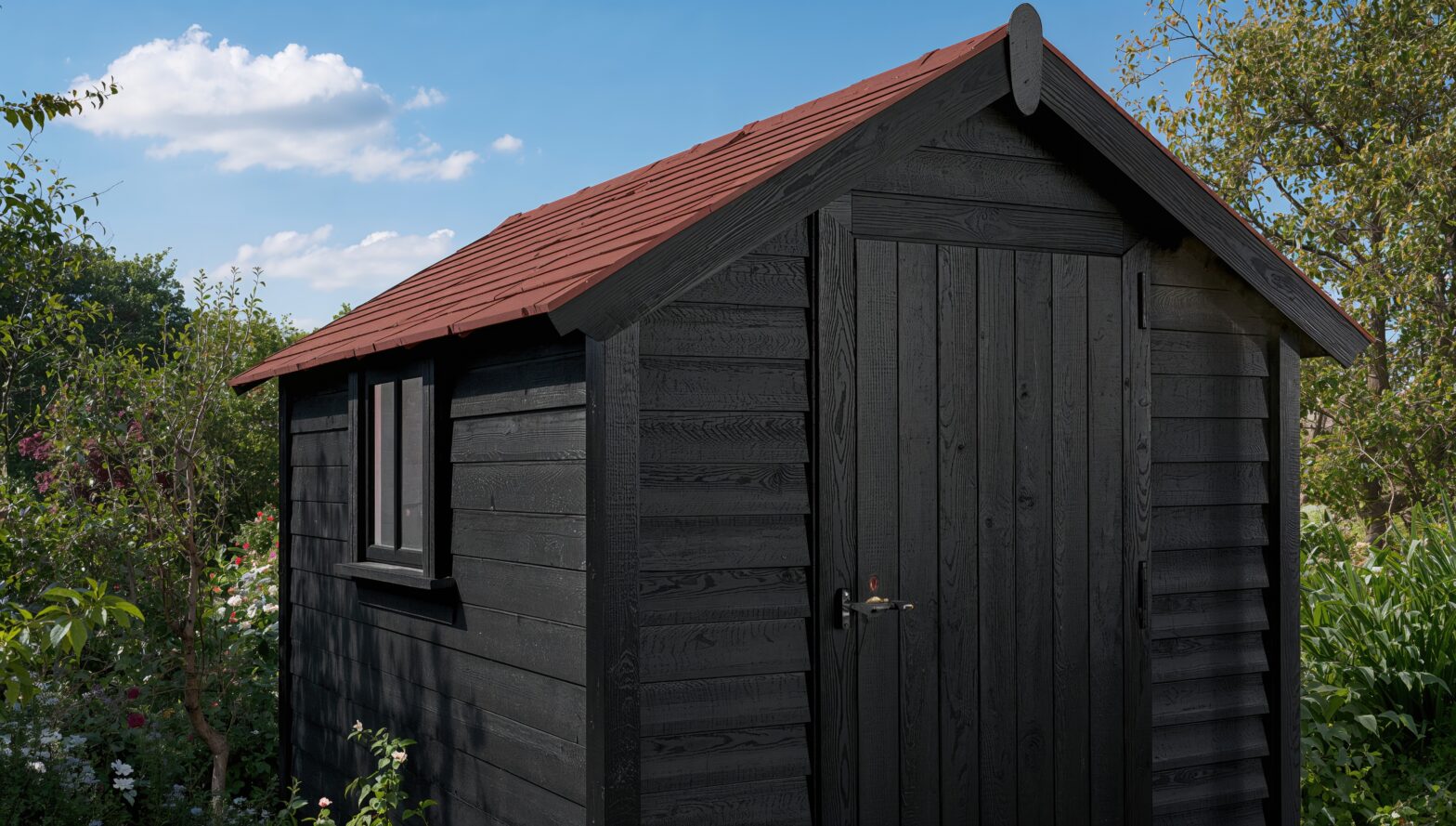Access doors are crucial in many construction projects, providing essential entry points for maintenance, inspections, and repairs. However, they can represent a significant cost, especially in large-scale projects. This guide explores various strategies to reduce access doors’ expenses without compromising quality or safety.
1. Bulk Purchasing Strategies
1.1 Volume Discounts
Purchasing access doors in bulk is one of the most effective ways to reduce costs. Many suppliers offer substantial discounts for large orders, significantly lowering the per-unit cost.
1.1.1 Negotiating Volume Discounts
- Research multiple suppliers to compare their bulk pricing structures.
- Be prepared to commit to larger quantities to secure better rates.
- Consider partnering with other contractors or projects to increase order sizes and leverage better discounts.
1.2 Standardisation of Access Door Types and Sizes
Standardising the types and sizes of access doors across your project can amplify the benefits of bulk purchasing.
1.2.1 Benefits of Standardisation
- Allows for larger orders of a single product, maximising discount potential.
- Simplifies inventory management and reduces the likelihood of ordering errors.
- Can streamline installation processes, potentially reducing labour costs.
1.2.2 Implementing Standardisation
- Conduct a thorough analysis of your project’s access door requirements.
- Identify areas where standardisation is feasible without compromising functionality.
- Create a standardised specification list for access doors across the project.
1.3 Managing Inventory and Storage
While bulk purchasing can lead to significant savings, balancing this with practical considerations is crucial.
1.3.1 Storage Considerations
- Ensure you have adequate storage space to accommodate bulk orders.
- Implement proper storage practices to prevent damage to access doors before installation.
1.3.2 Just-in-Time Delivery
- Work with suppliers to arrange phased deliveries that align with your project timeline.
- This approach can help minimise storage needs and reduce the risk of damage or loss.
2. Supplier Negotiations and Relationships
2.1 Building Strong Supplier Relationships
Developing solid relationships with suppliers can lead to better deals and more favourable terms over time.
2.1.1 Strategies for Building Relationships
- Maintain open and regular communication with suppliers.
- Be transparent about your project needs and timelines.
- Consider long-term partnerships rather than viewing each purchase as a one-time transaction.
Architect Rory Bergin emphasises the importance of collaboration in cost-saving efforts:
“One of the key ways to save costs without compromising on quality is through effective collaboration between the design and construction teams. By involving the contractor early in the process, we can identify potential savings in materials and streamline procurement strategies.”
This collaborative approach is particularly relevant when negotiating with suppliers and developing procurement strategies.
2.2 Negotiating Better Terms
Effective negotiation can result in significant cost savings beyond just the purchase price.
2.2.1 Key Areas for Negotiation
- Volume discounts: Secure better rates for larger quantities.
- Payment terms: Negotiate extended payment periods to improve cash flow.
- Delivery costs: Seek free or reduced-cost delivery for large orders.
- Quality guarantees: Ensure suppliers offer robust warranties or replacement policies.
2.2.2 Negotiation Techniques
- Come prepared with market research and competitor pricing.
- Be clear about your budget constraints and project requirements.
- Consider offering something in return, such as a long-term contract or referrals to other projects.
2.3 Exploring Multiple Suppliers
Refrain from limiting yourself to a single supplier, even if you have a good relationship with them.
2.3.1 Benefits of Diversifying Suppliers
- Creates healthy competition, potentially leading to better pricing.
- Reduces the risk of supply chain disruptions.
- Provides access to a wider range of products and expertise.
2.3.2 Strategies for Managing Multiple Suppliers
- Maintain a database of supplier information, including product ranges and pricing.
- Regularly review and compare supplier performance and costs.
- Be transparent with suppliers about your multi-source strategy to encourage competitive pricing.
3. Understanding Different Access Door Types
Selecting the appropriate type of access door for each application can lead to significant cost savings.
3.1.1 Common Access Door Types
- General-purpose access doors
- Fire-rated access doors
- Insulated access doors
- Moisture-resistant access doors
- Security access doors
3.1.2 Matching Door Types to Project Requirements
- Conduct a thorough analysis of each area requiring an access door.
- Consider fire safety regulations, insulation needs, and security requirements.
- Avoid over-specifying doors with unnecessary features.
3.2 Cost-Benefit Analysis of Different Door Types
Perform a cost-benefit analysis to make the most economical choices without compromising on necessary features.
3.2.1 Factors to Consider
- Initial purchase cost
- Installation complexity and associated labor costs
- Long-term maintenance requirements
- Energy efficiency (particularly for insulated doors)
- Compliance with building codes and regulations
3.2.2 Balancing Cost and Functionality
- Prioritise higher-quality, more expensive doors for critical areas (e.g., fire-rated doors in areas requiring fire protection).
- Use more affordable options in non-critical areas where advanced features aren’t necessary.
3.3 Future-Proofing Your Choices
Consider future needs and potential regulation changes when selecting access doors.
3.3.1 Anticipating Future Requirements
- Stay informed about upcoming changes in building codes and regulations.
- Consider selecting doors that exceed current standards if regulations are likely to become stricter.
3.3.2 Scalability and Flexibility
- Choose door types that can be easily upgraded or modified if needed.
- Consider standardised sizes that allow for easy replacement or upgrades in the future.
4. Minimising Waste and Maximising Efficiency
4.1 Efficient Material Use
Proper planning and execution can significantly reduce waste and associated costs.
4.1.1 Accurate Quantity Estimation
- Use building information modelling (BIM) software to calculate required quantities precisely.
- Include a small contingency for damages or errors, but avoid excessive over-ordering.
4.1.2 Proper Handling and Storage
- Train staff on correct handling procedures to minimise damage.
- Implement proper storage practices to protect access doors before installation.
4.2 Recycling and Reusing Materials
Implementing recycling and reuse strategies can lead to cost savings and environmental benefits.
4.2.1 Recycling Opportunities
- Identify recyclable components of access doors (e.g., metal frames).
- Partner with recycling facilities to properly dispose of and potentially recoup costs from recyclable materials.
4.2.2 Reuse Strategies
- Consider refurbishing or repurposing access doors from renovation projects.
- Explore opportunities to reuse packaging materials.
4.3 Energy-Efficient Construction Practices
Incorporating energy-efficient practices can lead to long-term cost savings.
4.3.1 Insulated Access Doors
- Use insulated access doors in temperature-controlled areas to reduce energy loss.
- Consider the long-term energy savings against the higher initial cost.
4.3.2 Proper Installation Techniques
- Ensure proper sealing around access doors to prevent air leakage.
- Train installation teams on energy-efficient installation practices.
5. Leveraging Construction Management Software
5.1 Benefits of Construction Management Software
Utilising specialised software can streamline processes and reduce access door procurement and management costs.
5.1.1 Inventory Management
- Real-time tracking of access door inventory.
- Automated reordering based on predefined thresholds.
5.1.2 Cost Monitoring and Analysis
- Track spending on access doors across different project areas.
- Generate reports to identify cost-saving opportunities.
5.2 Integrating Software with Procurement Processes
Effective integration of software into your procurement processes can lead to significant efficiencies.
5.2.1 Automated Ordering Systems
- Set up systems to automatically generate purchase orders based on project progress and inventory levels.
- Implement approval workflows to ensure oversight on large orders.
5.2.2 Supplier Integration
- Work with suppliers to integrate their systems with your software for seamless ordering and delivery tracking.
- Utilise electronic data interchange (EDI) for efficient information exchange.
5.3 Data-Driven Decision Making
Leverage the data collected by your software to make informed decisions about access door procurement.
5.3.1 Performance Analytics
- Analyse supplier performance data to inform future purchasing decisions.
- Track installation times and issues to identify areas for improvement or training.
5.3.2 Predictive Analytics
- Use historical data to forecast future access door needs for similar projects.
- Implement machine learning algorithms to optimise ordering patterns and reduce waste.
By implementing these strategies, construction projects can significantly reduce costs associated with access doors while maintaining quality and safety standards. Remember that the key to success lies in careful planning, ongoing analysis, and a willingness to adapt strategies as the project progresses.

